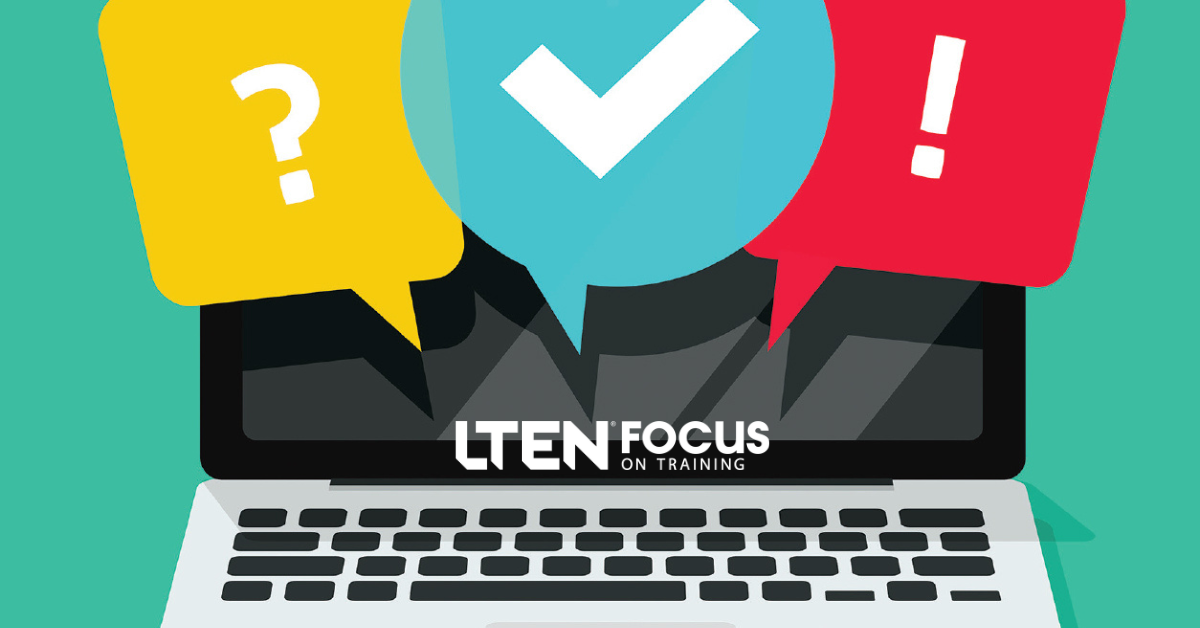
PARTNERSHIPS – By Lisa Croissant
Establishing a working cadence keeps everything on track
Congratulations! You’ve been tasked with building out a training plan for your company. It may be for a new launch product, a new indication for an existing product or a product your organization has acquired. And as usual, you have a limited amount of time to accomplish your goal.
The good news is you’re not alone. You’ll have both internal and external partners to help you complete your project. So where do you begin? What should you do first?
The Process
The very first thing after your budget is established is to identify your external partners – your agency of choice. A great way to do this is to create a request for proposal (RFP) and go through the supplier selection process.
You’ll assess each potential partner for their subject knowledge and expertise, ability to work within the established deadlines and ability to remain on budget. It is critical to provide full clarity to your agency partner about your needs. Once selected, that agency partner should immediately get started writing content.
Meanwhile, you need to meet with your internal partners. Remind your internal review team that foundational training modules are large volume, highly technical and will require dedicated time to complete. It’s appropriate to ask them to plan accordingly and set aside adequate time in their schedules for review.
You should also set up key internal stakeholders to review the draft outline, which will minimize extra work for the reviewers. This collaboration also helps your internal partners have input into the final training materials.
Everything should proceed smoothly – right?
The Reviews
The first draft of your new module has been completed and submitted by your partner for your review. With great excitement and confidence, you submit it to your review committee. After your reviewers have entered their comments through your system, you eagerly open the module to see what’s been said.
This is when your heart sinks. You realize as you review the feedback that it’s falling into a few key buckets:
- Corrections on key points of information.
- Suggestions for wordsmithing sentences and/or changing syntax.
- Thoughts about training in general.
- Esoteric, vague questions or comments that require follow-up to figure out what was meant.
A few comments in each bucket are fairly easy to deal with. It’s when you get dozens of comments that mostly fall into categories No. 3 and No. 4 that you watch your carefully crafted timeline fall off a cliff .
How Could This Have Been Avoided?
Establishing a working meeting cadence with your review team and agency partner is often a helpful way to keep your training project on track.
Most trainers will take this opportunity to go through the training program, help there viewers see what is being submitted and identify if there are tight turnaround times. This helps the reviewers understand why deadlines are coming fast and furious. It will also help the review coordinator manage their timelines as well. Usually, this is the appropriate meeting to ask for specific feedback about items such as how content should be submitted, specific formats for comments and references.
This is also a great time to teach your reviewers how to provide actionable feedback and determine who is the ultimate decision-maker when alignment on comments has not been reached.
- Corrections on key points – Final agreement should rest with the key stakeholder with the appropriate knowledge. For example, a medical person on disease state information or a marketing specialist for the branded product module.
- Suggestions for wordsmithing – This feedback can usually move forward quickly with minimal back and forth if you believe the suggestions are valid or won’t materially change the content.
- Thoughts about training – These types of comments have no place in a training module review. In your initial working meeting, you must gain agreement that you’re happy to discuss training in general in a separate meeting that does not take up precious, dedicated review time.
- Esoteric, vague questions – These are the most challenging and should be kept to a minimum by refocusing your review team on key points of information and the flow and pace of the training modules.
Providing Actionable Feedback
A great partner will start working on the next version as soon as comments are received. They can save you a significant amount of time and energy — provided the feedback is in a format they can understand.
What does that look like? The acronym used for goal-setting also applies to providing feedback by review committees – feedback should be SMART (Specific, Measurable, Achievable, Relevant and Timebound).
- Specific – Reviewers must provide comments with as much detail as possible to help the agency understand what is being changed for the next version. They should provide recommendations on where to locate the correct information, including sources, authors, societies and studies where correct information can be located.
- Measurable – Reviewers should help bolster their feedback by providing links to references, or examples of how they want to see key points of information. If they are recommending different charts or visuals, they should point out where the new visual is coming from. This allows the partner to locate it quickly, check copyrights and redesign the page format.
- Achievable – This is a critical component of providing actionable feedback. If your agency partner is reading this comment, has the reviewer included enough information to allow them to clearly understand what they need to do? As the training lead, it’s your responsibility to quickly follow up with a reviewer to gain clarity when needed.
- Relevant – Teach each reviewer to ask themselves, “Does my comment make sense? If I was not in my head making this comment right now – would everyone else know why I was recommending this change? Is my comment pertinent to my review of this specific material?” If the answer is yes, then there viewer has an obligation to ensure comments are SMART. If the answer is no, they need to save it for a conversation later.
- Timebound – By gaining alignment on the points above, sticking to timelines is much easier to accomplish!
Conclusion
Building a timely training program takes commitment from every stakeholder and an obligation to uphold their end of the process.
Your agency partner plays an integral role in helping you achieve your goals. With dedication and a little discipline from every internal stakeholder, you will produce the best training for your budget and needs.
 Lisa Croissant is a principal partner with KC Consulting Advantage. Email Lisa at lcroissant@kcconsultingadvantage.com or connect through linkedin.com/in/lisa-croissant-352a31239.
Lisa Croissant is a principal partner with KC Consulting Advantage. Email Lisa at lcroissant@kcconsultingadvantage.com or connect through linkedin.com/in/lisa-croissant-352a31239.









